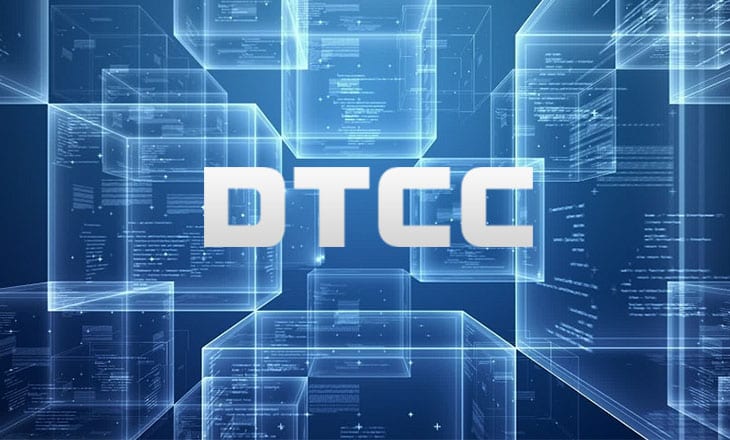The Depository Trust & Clearing Corporation (DTCC), the post-trade market infrastructure for the global financial services industry, just announced that has successfully completed testing of blockchain-based technology for the clearing and settlement of repurchase, or repo, agreement transactions, and will decide by June whether to deploy the new system, Reuters reported.
DTCC, a utility that runs the plumbing for a vast share of Wall Street’s trading, said on Monday the new technology developed with New York-based start-up Digital Asset Holdings demonstrated that blockchain could be used to better manage the netting process for U.S. Treasury and Agency repo transactions.
DTCC has now entered the second phase of the project during which it will form a stakeholder group with some of the participants in the $3 trillion-a-day repo market, to collect their feedback on the blockchain system. Over the next few months, DTCC will also determine whether the technology meets its integration requirements, and will decide whether to move ahead with deployment, it said.

Michael Bodson
DTCC Chief Executive Michael Bodson said blockchain, also known as distributed ledger technology, was chosen “because of its real-time information-sharing capabilities, enabling all parties to quickly view repo details after trade execution lowering risks and costs.”
Blockchain, which first emerged as the system underpinning cryptocurrency bitcoin, is a shared record of transactions that is updated by a network of computers, instead of a central authority. Each party on the network must validate changes to the record, which is protected through advanced cryptography.
Financial institutions, including market structure providers and banks, have ramped up investments in blockchain over the past 18 months to test whether the technology can help them reduce the cost and complexity of some their most burdensome processes.
DTCC said in January it would deploy the technology this year to rebuild its platform that processes $11 trillion worth of credit default swaps, one of the largest implementations of the nascent technology in mainstream financial markets to have been made public to date.
